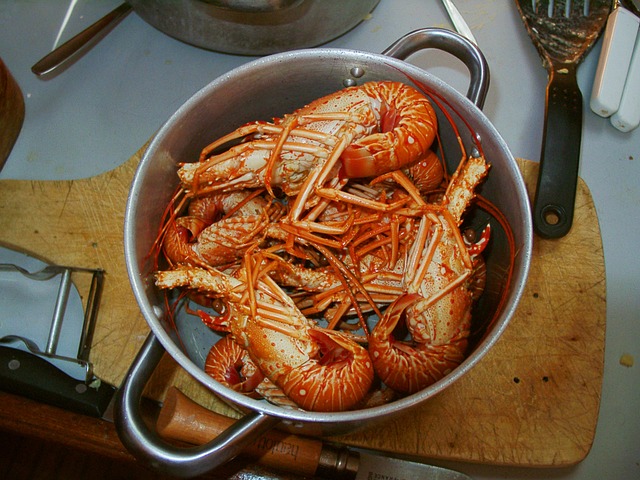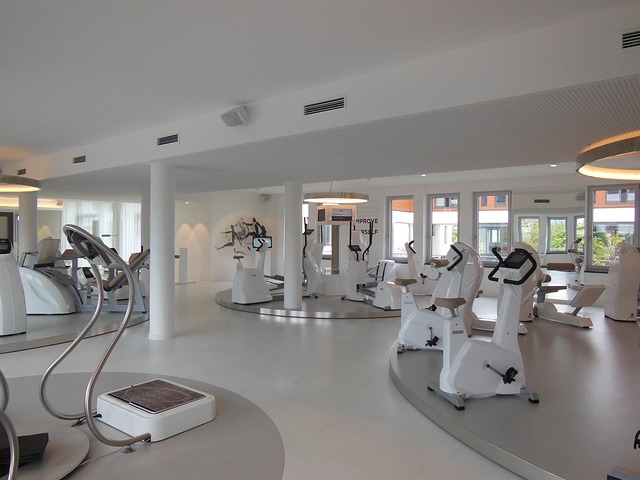The concept of a cooking class has evolved beyond simply learning recipes. In modern wellness circles, it is now a holistic activity that blends culinary skills with movement, mindfulness, and nutritional education. A well‑structured cooking class invites participants to experiment with fresh ingredients, practice mindful eating, and explore the connection between what we cook and how we move. The synergy between kitchen creativity and physical activity creates a powerful platform for fostering a healthy lifestyle.
Why a Cooking Class is a Cornerstone of Healthy Living
When we talk about healthy nutrition, the first step is to understand the science of food. A cooking class serves as an interactive laboratory where participants can deconstruct the nutrient profile of common foods. Instead of consuming processed meals, individuals learn to balance proteins, fats, carbohydrates, vitamins, and minerals in real time. This knowledge translates into more informed choices, whether at home or when dining out.
- Improved food literacy: Recognizing ingredients and their health impact.
- Skill development: Learning to prepare meals with minimal waste.
- Community engagement: Sharing dishes and experiences with peers.
Movement and Mindfulness in the Kitchen
Beyond the stovetop, a cooking class incorporates gentle movement routines that warm up the body before chopping and stirring. These short stretches activate circulation and reduce the risk of repetitive strain injuries. Additionally, breathing exercises help participants remain present, fostering mindful eating habits that can curb emotional snacking.
“Mindful cooking is the most effective form of meditation—your body, mind, and palate are aligned.” — Culinary Wellness Coach
Building a Balanced Menu Together
One of the core activities in a cooking class is to assemble a balanced plate that satisfies taste buds while providing essential macros. Participants are guided to select a protein source, a colorful array of vegetables, a complex carbohydrate, and a healthy fat. This process not only reinforces portion control but also highlights how different foods interact to support energy, muscle repair, and hormonal balance.
Sample Meal Plan for the Week
To give participants a practical framework, the instructor provides a sample meal plan that can be adapted to personal preferences and dietary restrictions. The plan focuses on seasonal produce, lean proteins, and whole grains, while limiting added sugars and saturated fats.
- Breakfast: Overnight oats topped with berries and a drizzle of almond butter.
- Lunch: Quinoa salad with grilled chicken, spinach, avocado, and lemon vinaigrette.
- Dinner: Baked salmon with roasted Brussels sprouts and a side of wild rice.
- Snacks: Fresh fruit, raw nuts, or hummus with carrot sticks.
Integrating Exercise with Culinary Practice
Some cooking classes extend beyond the kitchen by including short exercise segments. For example, after learning how to sauté a vegetable, participants might do a brief circuit of bodyweight exercises that target the same muscle groups. This combination reinforces the idea that nutrition fuels movement and that movement enhances nutrient absorption.
Tips for Maintaining Momentum at Home
Transitioning the lessons from the cooking class into daily life requires intentional habits. Here are actionable steps to keep the momentum going:
- Schedule a weekly “cooking day” to try new recipes.
- Keep a food journal that notes preparation time, ingredients, and how you felt afterward.
- Plan workouts that complement your meals—for instance, a brisk walk after a protein‑rich dinner to aid digestion.
- Invite friends or family to join you, turning meal prep into a social activity.
Community Impact: The Ripple Effect of Cooking Classes
When a group of people learns how to cook healthy meals together, the benefits spread beyond individual participants. Schools, workplaces, and community centers that offer cooking classes report improvements in employee productivity, lower healthcare costs, and increased overall well‑being. Moreover, participants often become advocates for healthy eating in their own circles, creating a ripple effect that amplifies the impact of the original class.
Success Stories from Recent Participants
Many people who have taken part in cooking classes describe life‑changing transformations. A former office worker noted, “I now have a menu for the week and feel more energized during meetings.” Another participant shared, “I’m cooking at home every night and my family’s snack choices have improved dramatically.” These testimonials highlight how the combination of culinary skill, movement, and mindful habits can reshape daily routines.
Future Directions: Expanding the Cooking Class Model
As research continues to demonstrate the links between diet, exercise, and mental health, the cooking class format is adapting to address emerging needs. Future iterations may incorporate biofeedback tools to track hydration, heart rate, or gut microbiome responses to certain foods. Virtual reality kitchens are also gaining traction, allowing participants to practice cooking and movement in a safe, interactive environment from home.
Conclusion: A Holistic Path to Wellness
Ultimately, a cooking class that blends healthy nutrition, movement, and mindful practice offers a comprehensive roadmap to well‑being. By empowering individuals with the knowledge to prepare nourishing meals and the confidence to incorporate gentle exercise, these classes foster lasting lifestyle changes. Whether you’re a novice cook or a seasoned chef, stepping into a cooking class opens a door to healthier habits that resonate far beyond the kitchen.




